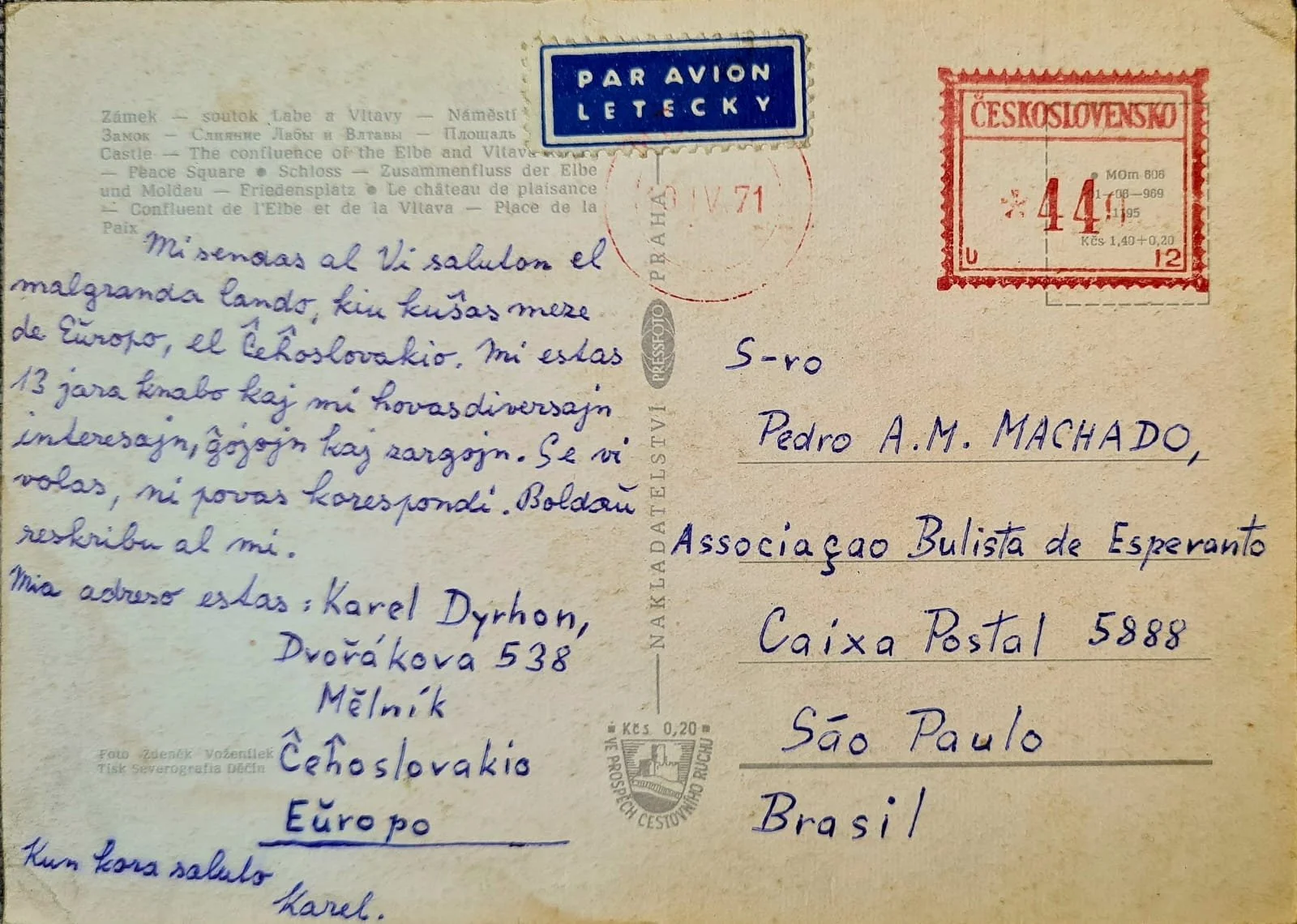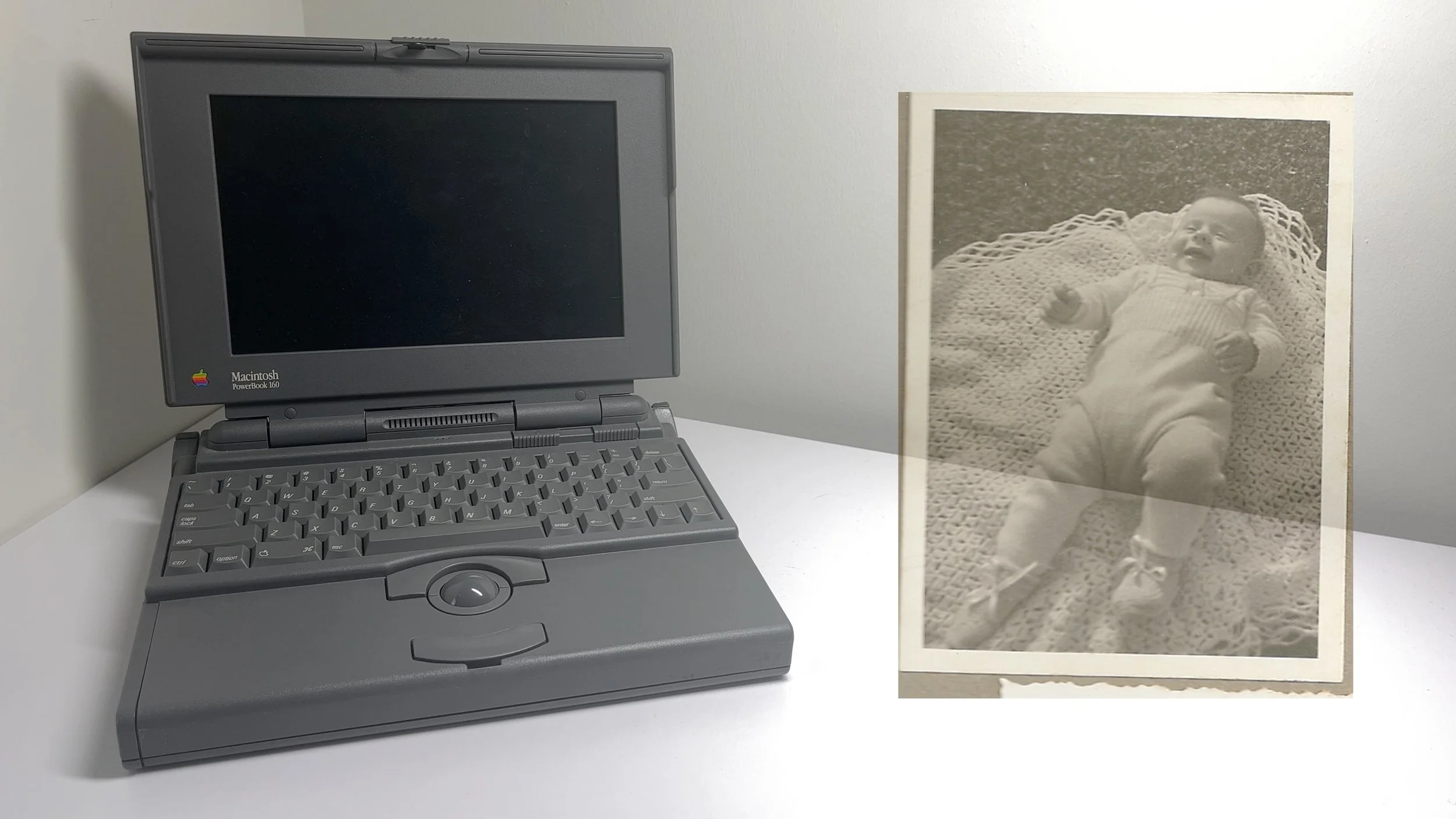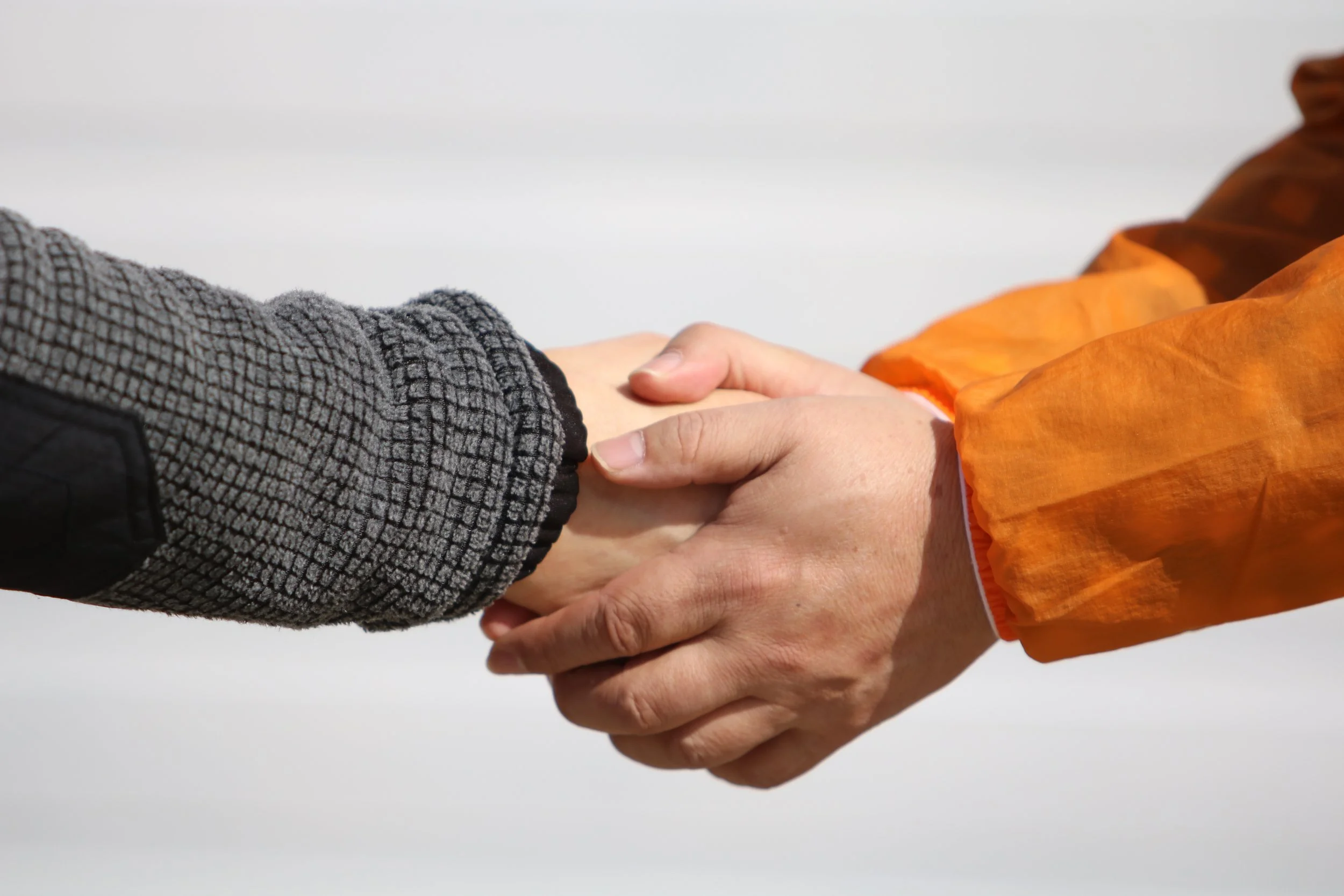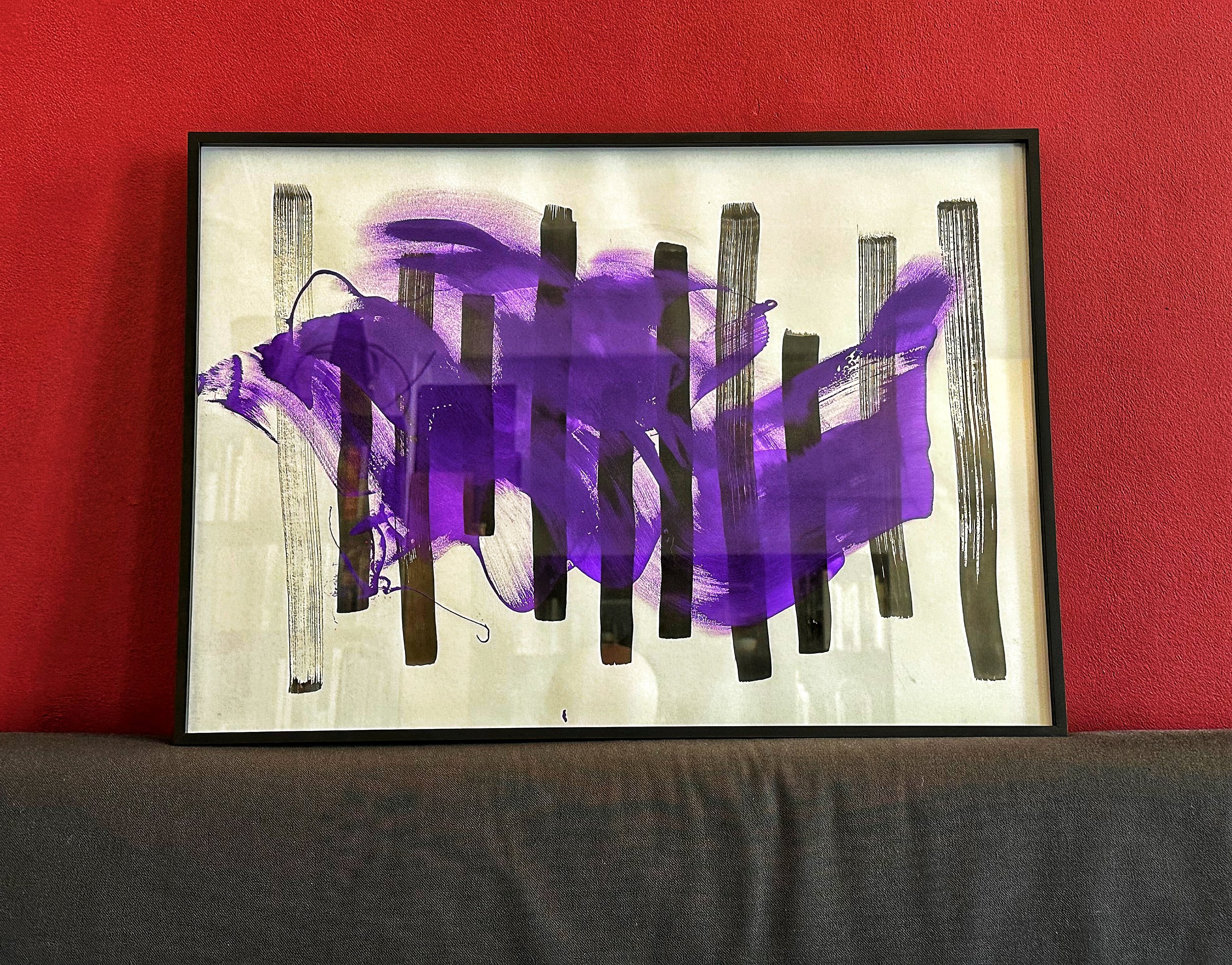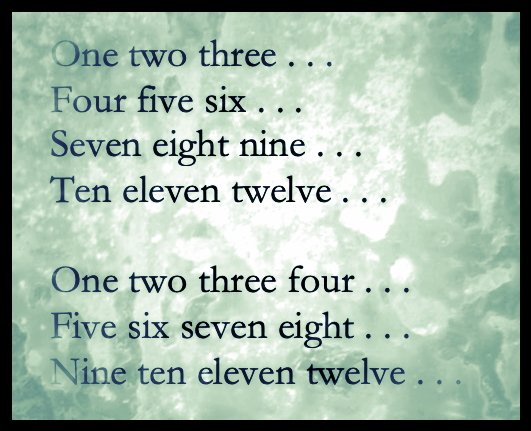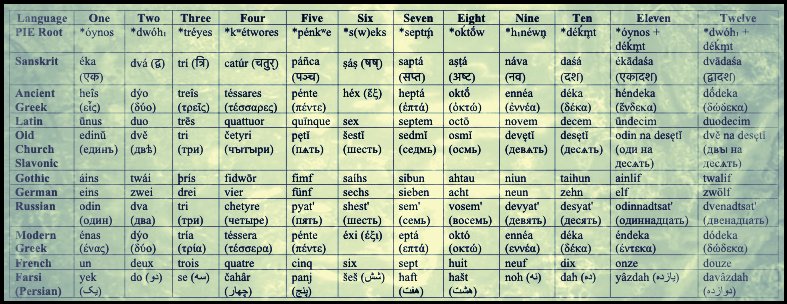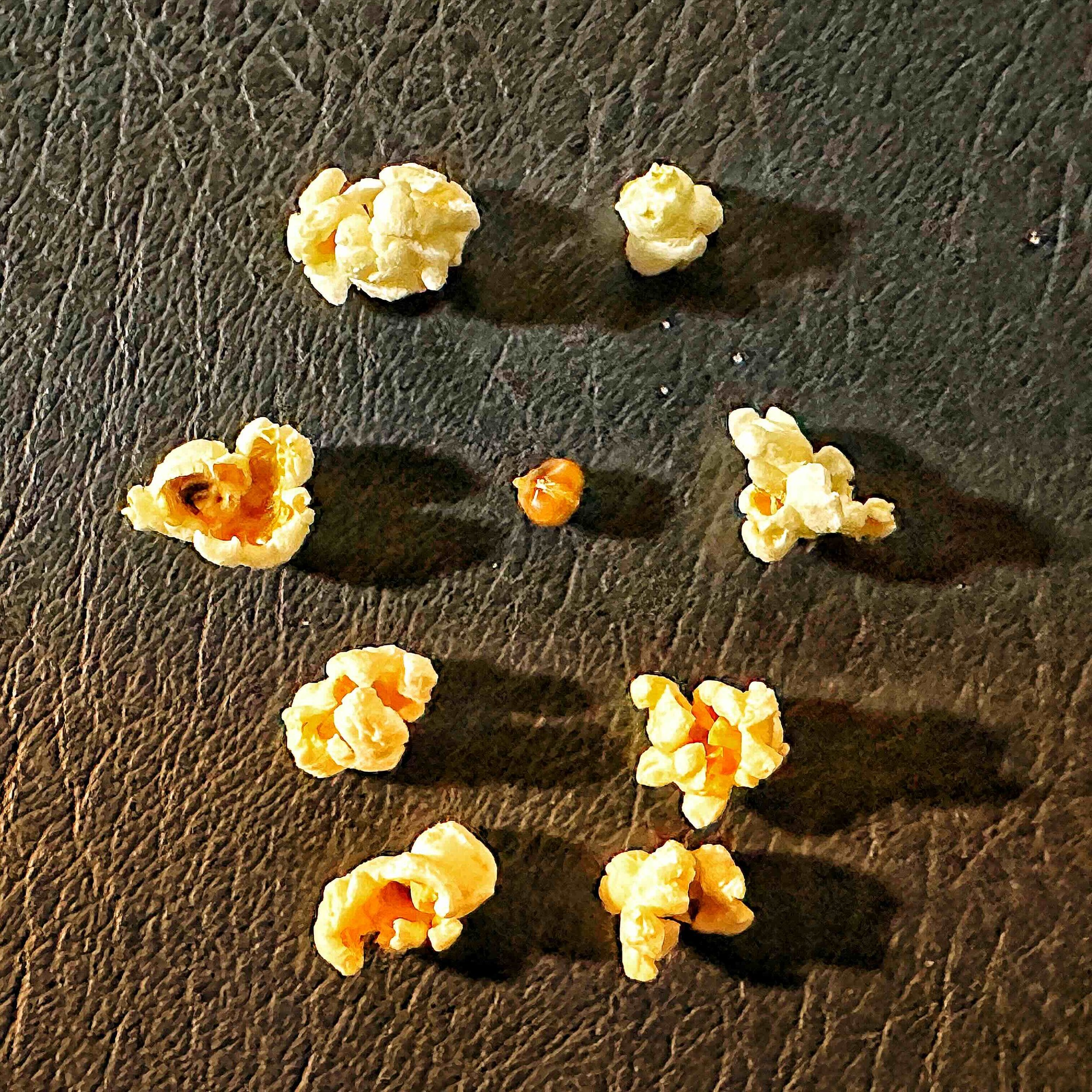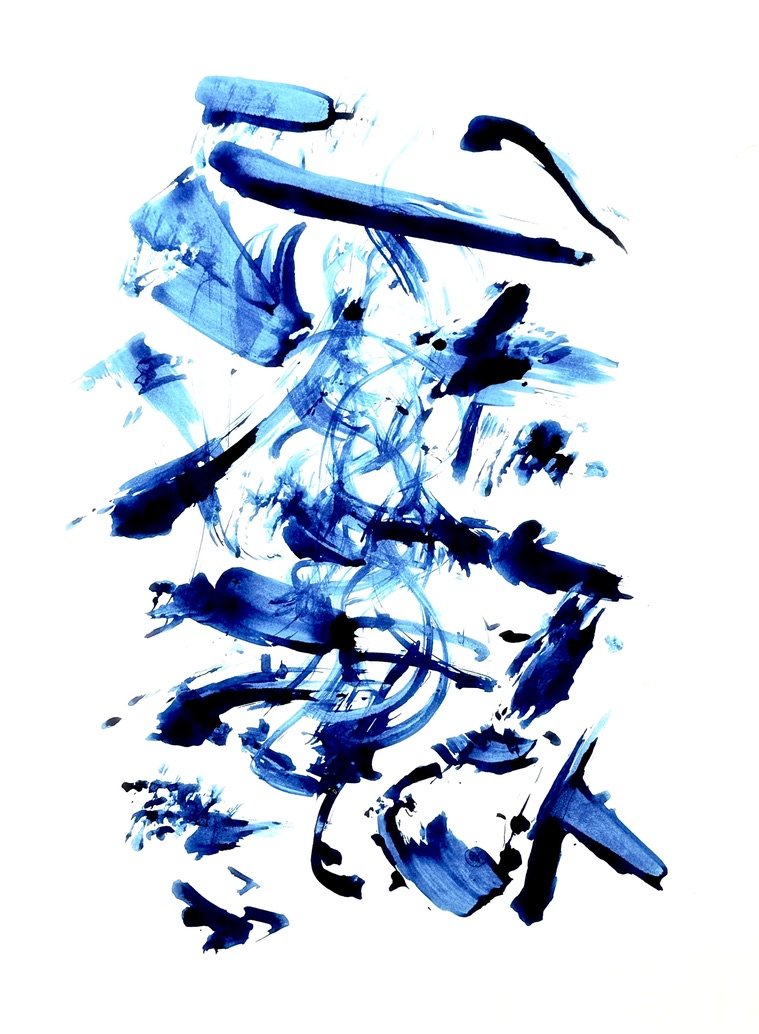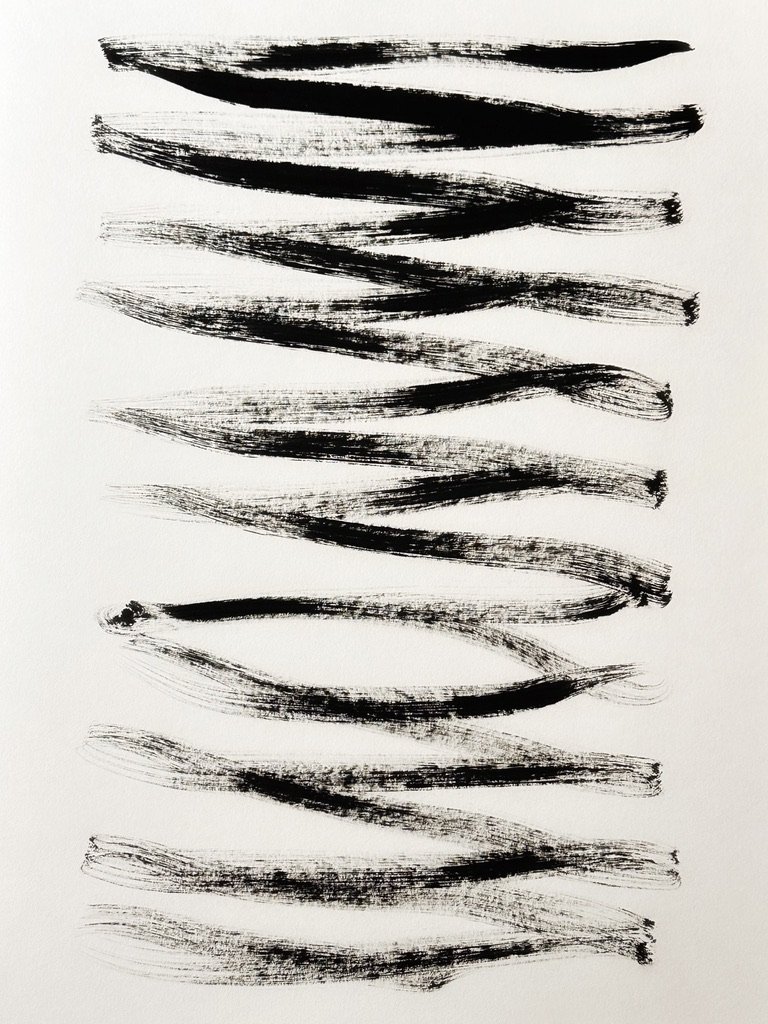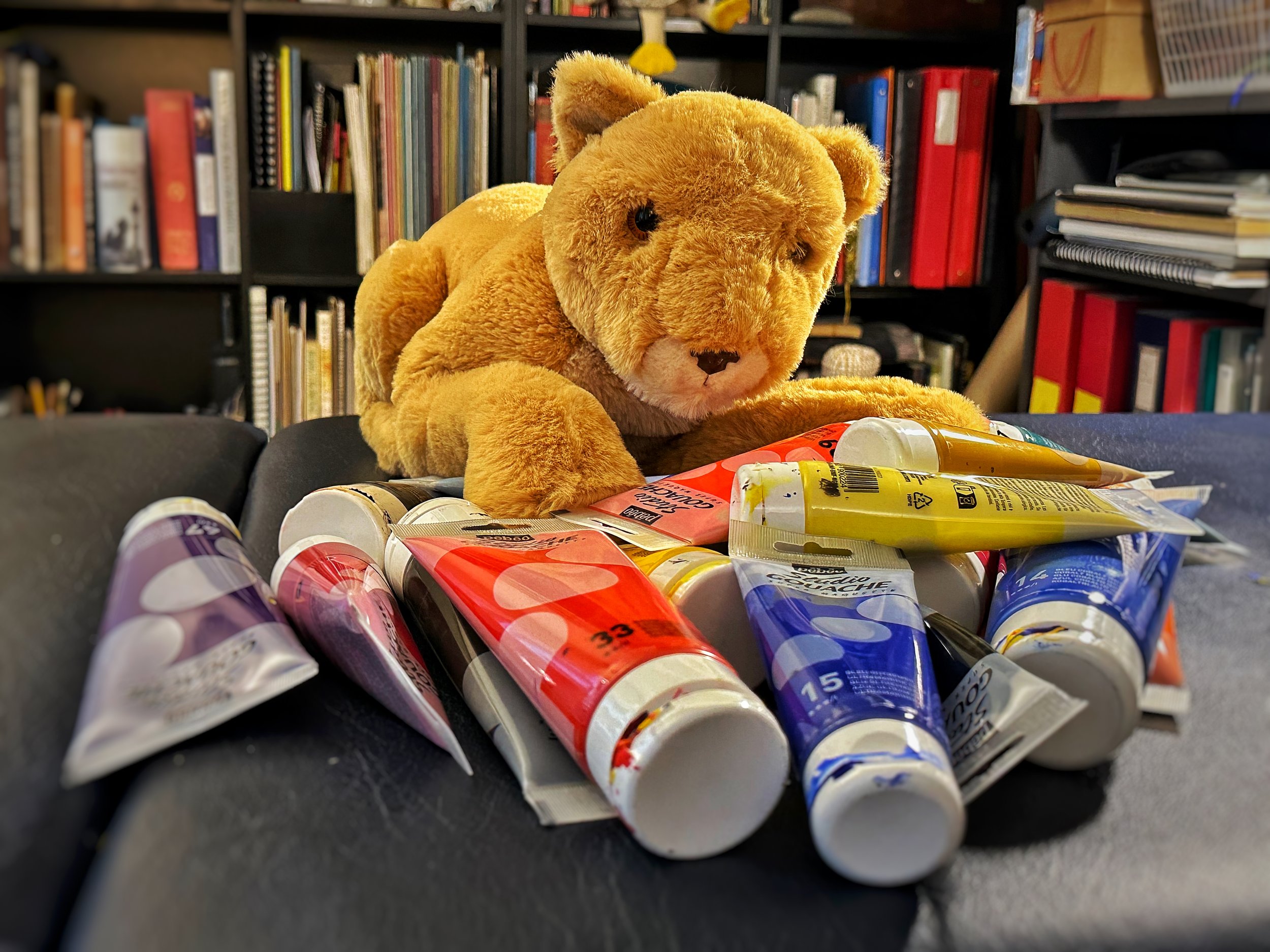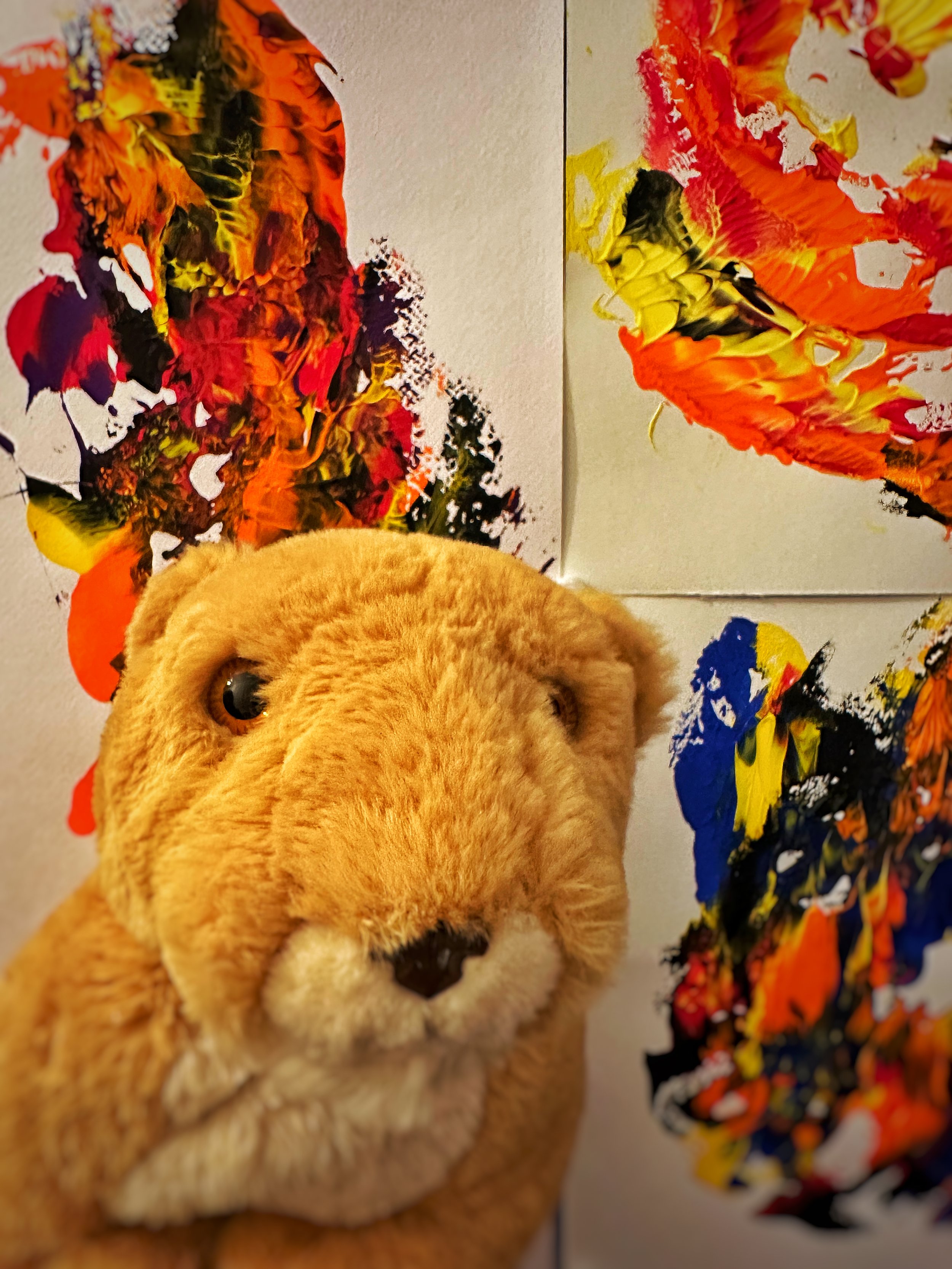The physicality of the material world is both sensorial and psychological. Wait, I can explain! I mean that you have sensations and emotions when you handle an object. Wait, I’ll explain again! I have my new book in my hands, and I’m good and happy.
I grew up in the 1960s and 1970s. Personal computers were the stuff of science fiction. Watching “The Jetsons,” my siblings and I had innocent pleasures daydreaming in front of the TV and half-imagining those impossible flying pods and robot maids. But our childhood and adolescence were completely analogical.
We played LPs on a Victrola. (This phrase alone is so analog that I cough up dust just typing it.) Dial-up landline phones! And our next-door neighbors didn’t even have a phone, because in Brazil back then phones weren’t widely available. One of the neighbor girls was called Lili. She’d receive phone calls on our line, and we’d have to shout “LILLLLLIIIIIIIIII!” to get her to rush over and answer the call.
Analog has a zillion dimensions, but let’s focus on one: paper. Newspapers made of paper; magazines made of paper; toilet paper made of paper (unlike digital toilet paper, of course). And books. Believe it or not, every single book in our lives was made of paper. Novels, short stories, histories: paper, paper, paper. The dictionary, also called “o pai dos burros” (“the father of the dummies”), was a big brick of thin paper. And the thin analog paper held an analog infinitude of analog words and definitions.
We collected stamps. We handled envelopes. We licked the glue behind a regular stamp, and we stuck the stamp to an envelope and sent a letter, via air mail, to a country unreachable by cable or satellite. If you wanted to visit the country in person, you had to take a paper boat.
I learned Esperanto (face-to-face, at a night school!) when I was about 12 or 13, and I corresponded analogically with other Esperanto-loving young nerds in Bolivia and Czechoslovakia (a country that doesn’t exist anymore).
As an adult, I started writing my first book by hand, using legal pads, index cards, office paper, pen and pencil. I composed it by hand for three years, when I finally bought my first computer: an Apple PowerBook 160 with 40 MB of storage, totally Jetsons! For a couple of decades I wrote sometimes by hand, sometimes directly at the computer. But these days I rarely write by hand anymore. This blog post, for instance, passed directly from my mind to my MacBook Pro 14 with 1 TB of storage, which is more than twenty-five thousand times what my first computer held. May George Jetson rest in peace.
I’ve been writing professionally since 1990, and the experience of receiving a new book fresh out of the printers isn’t new to me. And yet, the not-new experience is never-old experience either. There’s nothing like it in the whole world! Paper, many pages of it; text and photos, a cover, binding, the analog aroma. A new computer has its own interesting and pleasant smell, but a book is a different matter. L’Oréal should release a perfume called “Biblos,” reminiscent of tree bark and reeds and—and dry cellulose. I get my highs from sniffing cellulose.
Hands, Wrists, Fingers. What a good title for a book that you touch and leaf through with your own hands, wrists, and fingers. Maybe the book should have been titled Hands, Wrists, Fingers, Nostrils: An Author is Flying Oh-So-High. Wanna get high, too? Order the analog book, then call your neighbor over to read it alongside you. LILLLLLIIIIIIIIII! Failing that, order the e-book and let the low-wattage current of your Kindle give you a faint digital buzz. (Lili doesn’t live here anymore.)
Anthem Press Amazon.com Amazon.co.uk Amazon.fr Amazon.de Barnes & Noble
©2025, Pedro de Alcantara

